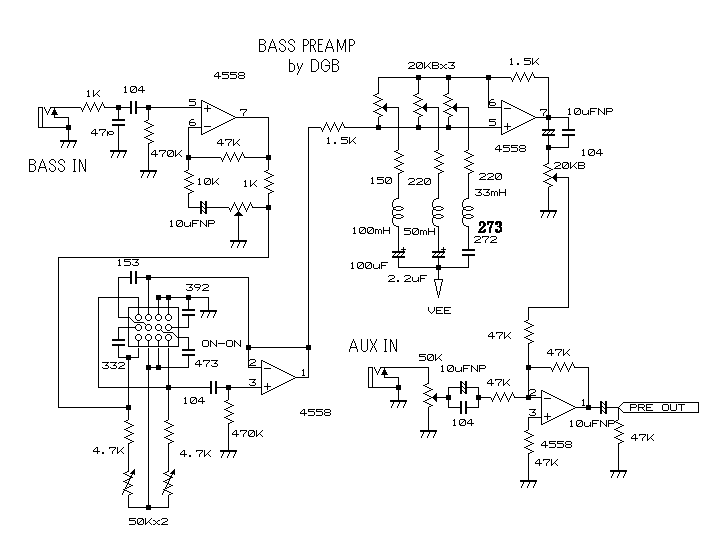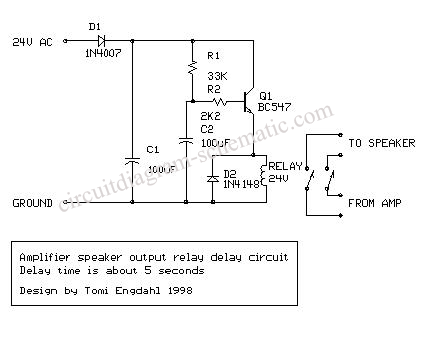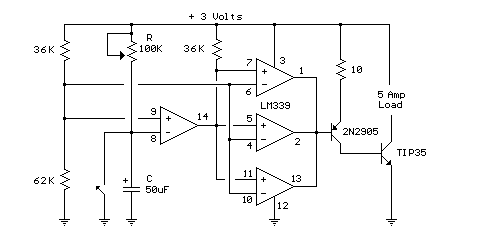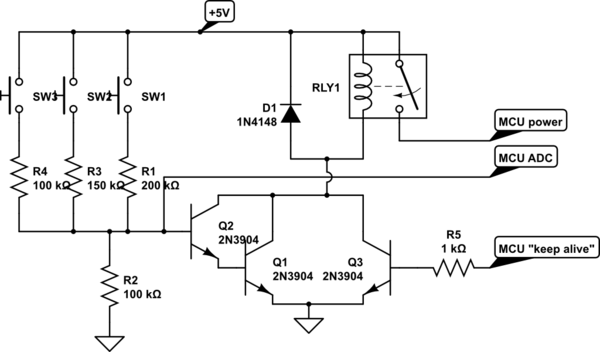
Arduino Guitar Delay Pedal
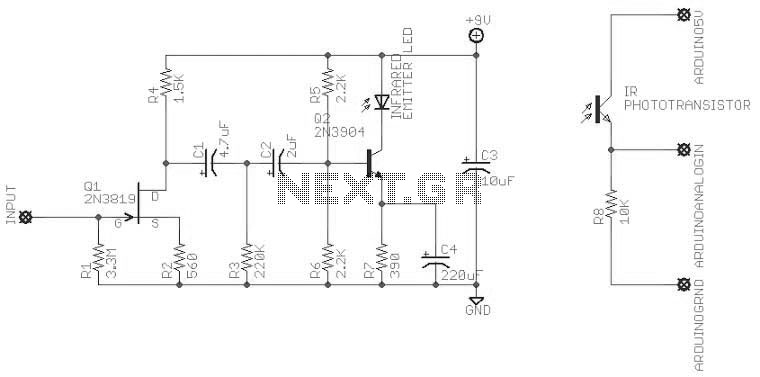
An attempt at an Arduino guitar pedal. The guitar signal feeds through a PT2399 delay circuit, modified to include a JFET preamp phase. The delay circuit has Echo and Delay knobs. From there, it feeds into an optoisolated-Arduino-5V preamp, and out to the Arduino. The output from the Arduino is filtered and sent to the amp.
The described circuit involves several key components that work together to create a functional guitar pedal. The core of the circuit is the PT2399 delay chip, which is known for its ability to provide high-quality delay effects. This chip is configured to handle the incoming guitar signal, which is first processed through a JFET (Junction Field Effect Transistor) preamp. The JFET preamp serves to amplify the weak guitar signal before it enters the delay circuit, ensuring that the signal maintains its integrity and quality throughout the processing stages.
The delay circuit features two adjustable knobs, labeled Echo and Delay. The Echo knob controls the feedback level of the delayed signal, allowing the user to create various echo effects, while the Delay knob adjusts the time interval between the original and delayed signals. This flexibility enables musicians to tailor the sound to their preferences, providing a range of auditory experiences from subtle echoes to pronounced repeats.
After the delay processing, the signal is routed to an optoisolated Arduino-based preamp. The optoisolator serves to separate the guitar signal from the Arduino's control circuitry, preventing noise and interference from affecting the audio signal. The Arduino processes the incoming audio signal, which may involve additional effects or modifications programmed into the Arduino's firmware.
Finally, the output from the Arduino is filtered to remove any unwanted noise or artifacts before being sent to the amplifier. This filtering stage is crucial for maintaining sound quality, ensuring that only the desired audio frequencies are amplified. The overall design of this Arduino guitar pedal effectively combines analog and digital technologies, resulting in a versatile and innovative musical tool.An attempt at an Arduino guitar pedal. The guitar signal feeds through a PT2399 delay circuit, modified to include a JFET preamp phase. The delay circuit has Echo and Delay knobs. From there, it feeds into an optoisolated-Arduino-5V preamp, and out to the Arduino. The output from the Arduino is filtered and sent to the amp. 🔗 External reference
The described circuit involves several key components that work together to create a functional guitar pedal. The core of the circuit is the PT2399 delay chip, which is known for its ability to provide high-quality delay effects. This chip is configured to handle the incoming guitar signal, which is first processed through a JFET (Junction Field Effect Transistor) preamp. The JFET preamp serves to amplify the weak guitar signal before it enters the delay circuit, ensuring that the signal maintains its integrity and quality throughout the processing stages.
The delay circuit features two adjustable knobs, labeled Echo and Delay. The Echo knob controls the feedback level of the delayed signal, allowing the user to create various echo effects, while the Delay knob adjusts the time interval between the original and delayed signals. This flexibility enables musicians to tailor the sound to their preferences, providing a range of auditory experiences from subtle echoes to pronounced repeats.
After the delay processing, the signal is routed to an optoisolated Arduino-based preamp. The optoisolator serves to separate the guitar signal from the Arduino's control circuitry, preventing noise and interference from affecting the audio signal. The Arduino processes the incoming audio signal, which may involve additional effects or modifications programmed into the Arduino's firmware.
Finally, the output from the Arduino is filtered to remove any unwanted noise or artifacts before being sent to the amplifier. This filtering stage is crucial for maintaining sound quality, ensuring that only the desired audio frequencies are amplified. The overall design of this Arduino guitar pedal effectively combines analog and digital technologies, resulting in a versatile and innovative musical tool.An attempt at an Arduino guitar pedal. The guitar signal feeds through a PT2399 delay circuit, modified to include a JFET preamp phase. The delay circuit has Echo and Delay knobs. From there, it feeds into an optoisolated-Arduino-5V preamp, and out to the Arduino. The output from the Arduino is filtered and sent to the amp. 🔗 External reference
